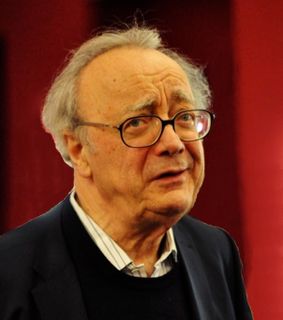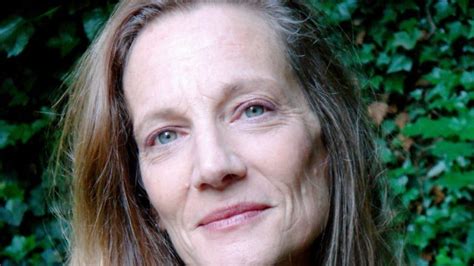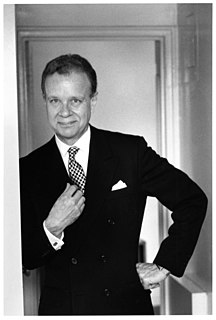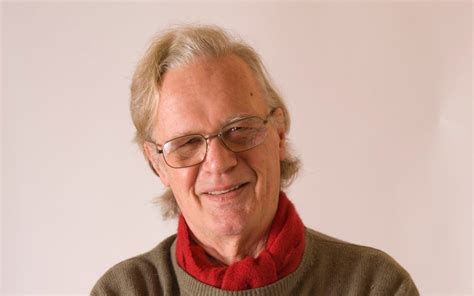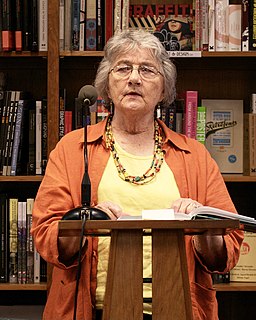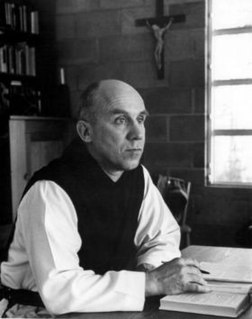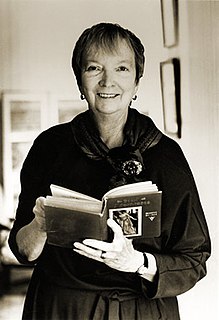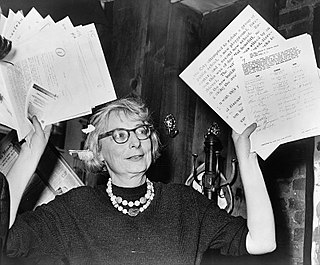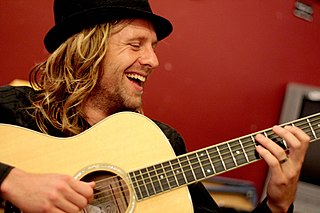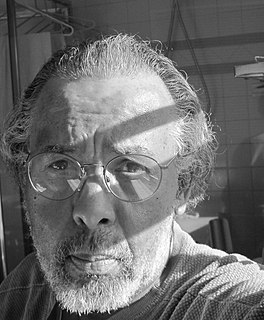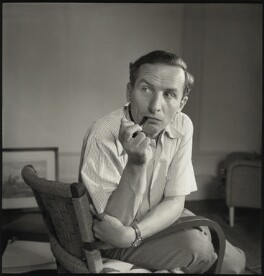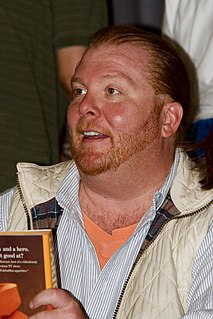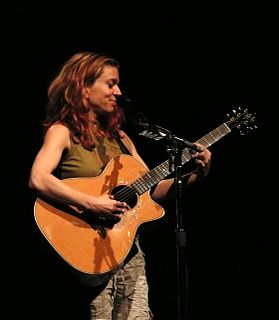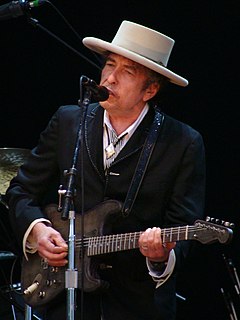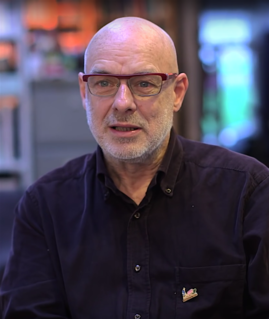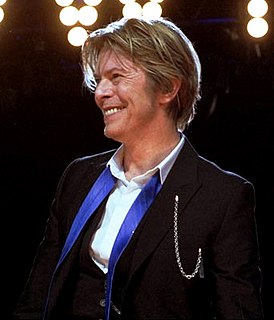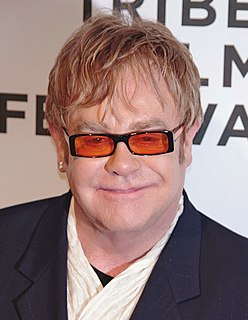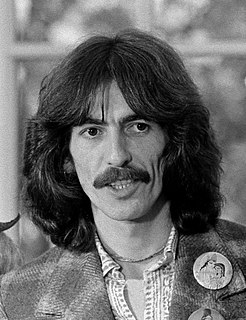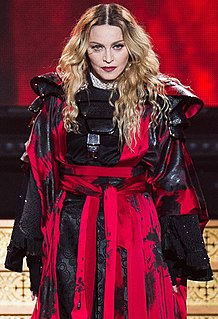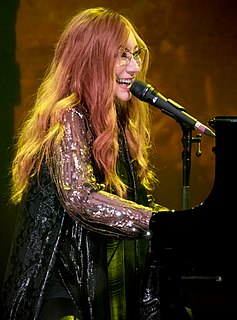Ein Zitat von Alfred Brendel
Kunst vermittelt ein Gefühl von Ordnung, das Leben ist grundsätzlich chaotisch und es herrscht eine Spannung zwischen ihnen. Ein Sinn für Ordnung entsteht aus dem Chaos und beinhaltet ein wenig davon, aber es ist der Sinn für Ordnung, der in einem Kunstwerk wichtig ist.
Verwandte Zitate
Ein Teil der Besorgnis der Menschen ist einfach das Gefühl, dass die alte Ordnung auf der ganzen Welt nicht Bestand hat und wir noch nicht ganz dort sind, wo wir sein müssen, was eine neue Ordnung betrifft, die auf anderen Prinzipien basiert ein Gefühl der gemeinsamen Menschlichkeit, das auf einer Wirtschaft basiert, die für alle Menschen funktioniert.
Werden sie von einem Gefühl des menschlichen Bedürfnisses nach Stille, nach Besinnung, nach innerer Suche bewegt? Sie möchten dem Lärm und der Anspannung des modernen Lebens zumindest für eine kurze Zeit entfliehen, um ihren Geist und Willen zu entspannen und ein gesegnetes, heilendes Gefühl der inneren Einheit, Versöhnung und Integration zu suchen?
Ein Leben im Chaos ist für den Künstler unmöglich. Egal wie unstrukturiert die Mansarde des Malers in Paris oder die Wohnung des Dichters in Greenwich Village erscheinen mag, der Künstler muss eine gewisse Ordnung haben, sonst wird er stolz auf ein sehr kleines Werk sein. Ein Kunstwerk zu schaffen, ob groß oder klein, ist Arbeit, harte Arbeit, und Arbeit erfordert Disziplin und Ordnung.
Sich einer Stadt oder sogar einem Stadtviertel so zu nähern, als wäre es ein größeres architektonisches Problem, das durch die Umwandlung in ein diszipliniertes Kunstwerk geordnet werden kann, bedeutet, den Fehler zu begehen und zu versuchen, das Leben durch Kunst zu ersetzen. Das Ergebnis einer solch tiefgreifenden Verwechslung von Kunst und Leben ist weder Leben noch Kunst. Sie sind Tierpräparate.
Ich bin immer auf der Suche nach Ordnung im Chaos. Und manchmal, wenn mein Leben ziemlich chaotisch wird, gehe ich draußen spazieren. Ich denke über die Ordnung und Perfektion der Galaxien von Planeten im Orbit und auf Reisen durch den Weltraum nach und denke darüber nach, wie chaotisch die Kriege, Scheidungen und Unruhen auf unserem Planeten vom Weltraum aus aussehen müssen.
Der Tanz ist ebenso wie die Darbietung des Schauspielers kinästhetische Kunst, Kunst des Muskelsinns. Das Bewusstsein für Spannung und Entspannung im eigenen Körper, der Gleichgewichtssinn, der die stolze Stabilität der Vertikalen von den riskanten Abenteuern des Stoßens und Fallens unterscheidet – das sind die Werkzeuge des Tänzers.
